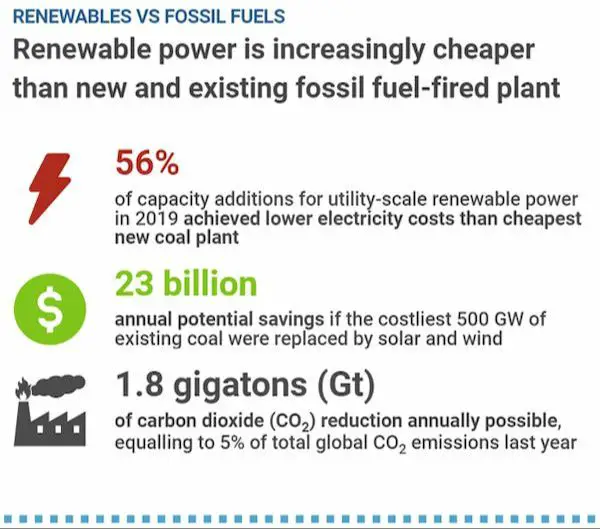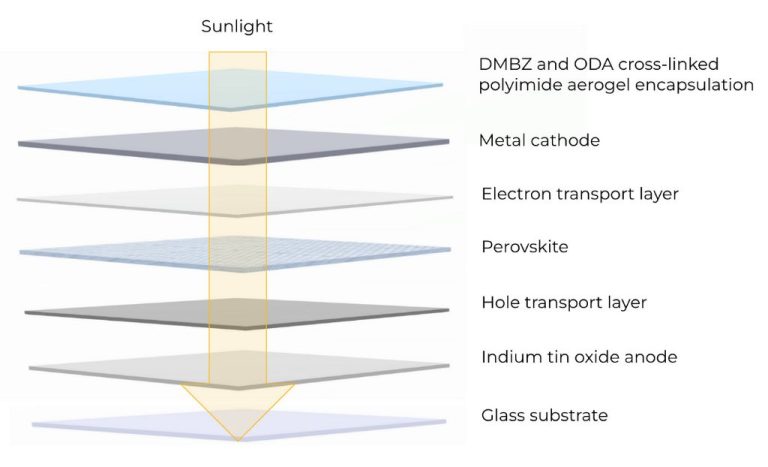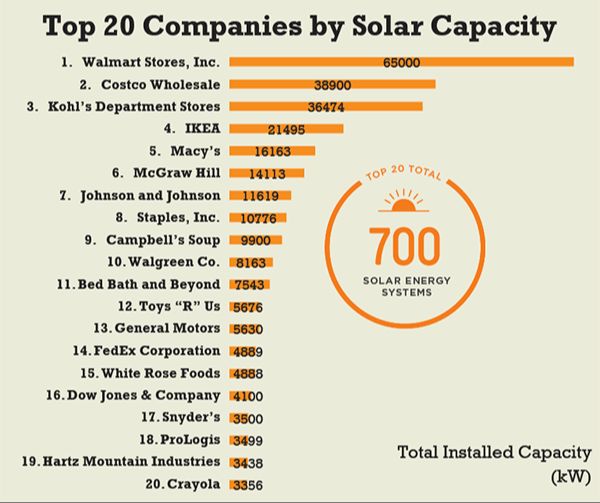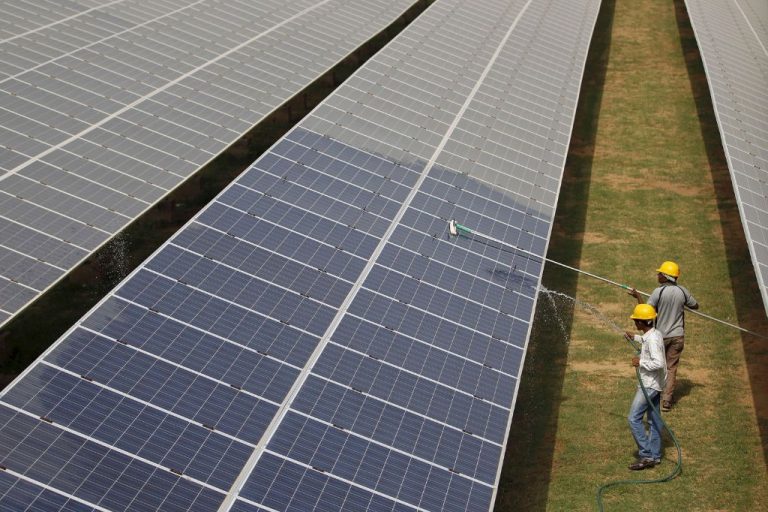Does Oregon Have An Srec Program?
Solar renewable energy certificates (SRECs) are tradable certificates that represent the clean energy attributes of electricity produced by solar photovoltaic (PV) energy systems. SREC programs provide an incentive for solar panel installation by allowing solar system owners to sell SRECs to electric utilities, who are required to purchase a certain number of SRECs each year to meet renewable portfolio standard (RPS) obligations.
The purpose of SREC programs is to accelerate the adoption of solar power by making it more financially attractive. SRECs provide an additional stream of revenue for solar panel owners by allowing them to monetize the clean energy they produce. Electric utilities can also benefit from SREC programs by using purchased SRECs to demonstrate compliance with RPS targets in a flexible and cost-effective way.
History of SREC Programs
SREC programs originated in the early 2000s as a market-based incentive aimed at accelerating solar energy adoption. New Jersey became the first state to adopt an SREC program in 2004, establishing a renewable portfolio standard that required a percentage of electricity to come from solar. SREC certificates were issued to solar panel owners for every 1,000 kWh of electricity produced. These certificates could then be sold on the open market to electricity suppliers needing to fulfill their solar quotas.
The concept quickly spread to other states eager to incentivize renewable energy production. By 2010, seven states had implemented SREC programs including New Jersey, Maryland, Delaware, Pennsylvania, Ohio, California, and Massachusetts. While program details vary by state, the basic premise remains the same – electricity suppliers must source a mandated amount of solar power through the purchase of SRECs. This model helped spur rapid solar growth through the 2000s.
How SREC Programs Work
SREC programs create a market for solar renewable energy certificates (SRECs). SRECs are tradable commodities that represent the clean energy attributes of 1 megawatt-hour (MWh) of electricity produced by an eligible solar energy system.
The key participants in an SREC market are:
- Solar system owners – Earn SREC credits for the clean energy they produce.
- Electricity suppliers – Must purchase SRECs to comply with renewable portfolio standards.
- SREC brokers/aggregators – Facilitate trading between buyers and sellers.
For each MWh of solar electricity produced, the solar system owner earns one SREC. The owner can then sell the SRECs on the open market to electricity suppliers who need them. The revenue from SREC sales helps offset the cost of installing solar panels.
SREC prices fluctuate based on supply and demand dynamics. When demand is high and supply is low, SREC prices increase. When supply outpaces demand, SREC prices fall. State policy caps and renewable portfolio standard targets are key factors influencing SREC market supply and demand.
Benefits of SREC Programs
One of the main benefits of SREC programs is that they incentivize the development of renewable energy sources like solar. SRECs provide a additional revenue stream for solar panel system owners by allowing them to sell certificates based on the amount of solar energy they produce. This helps offset the higher upfront costs of installing solar panels. More financial incentives leads to greater adoption of residential and commercial solar panel systems. Increased solar energy production supports states in meeting Renewable Portfolio Standards (RPS) goals and transitioning to clean energy. It also reduces reliance on fossil fuels and brings environmental benefits like lower greenhouse gas emissions. Studies have shown states with SREC programs installed 2-3 times more solar capacity than states without them. SRECs help create local green jobs in the solar industry for installation, maintenance and other roles. They drive business growth in the solar sector. Overall, SREC programs are an effective market-based approach to encourage solar panel adoption and achieve renewable energy targets.
Criticisms of SREC Programs
SREC programs have faced some criticisms over the years. The two main issues that have been raised are related to costs and effectiveness.
In terms of costs, SREC programs can be expensive to implement and maintain. The credits add extra costs for utilities and ratepayers. There are administrative costs to run the tracking systems. There are also costs related to trading and marketing the credits. Some argue these costs outweigh the benefits.
The effectiveness of SREC programs has also been questioned. Since the credits are purchased by utilities to meet state renewable portfolio standards (RPS), some argue the SRECs don’t lead to any additional renewable energy capacity. The credits simply subsidize projects that would have been built anyway to meet RPS targets. So the environmental benefits are not as direct or clear as supporters claim.
There are also concerns that SREC markets can be subject to volatility and uncertainty. If supply outpaces demand, SREC prices crash making projects less viable. This boom-bust cycle has occurred in states like New Jersey. So critics argue SRECs inject too much market instability into renewable energy development.
SREC Programs in Other States
Several states around the country have implemented successful SREC programs to incentivize solar development. Some of the most notable include:
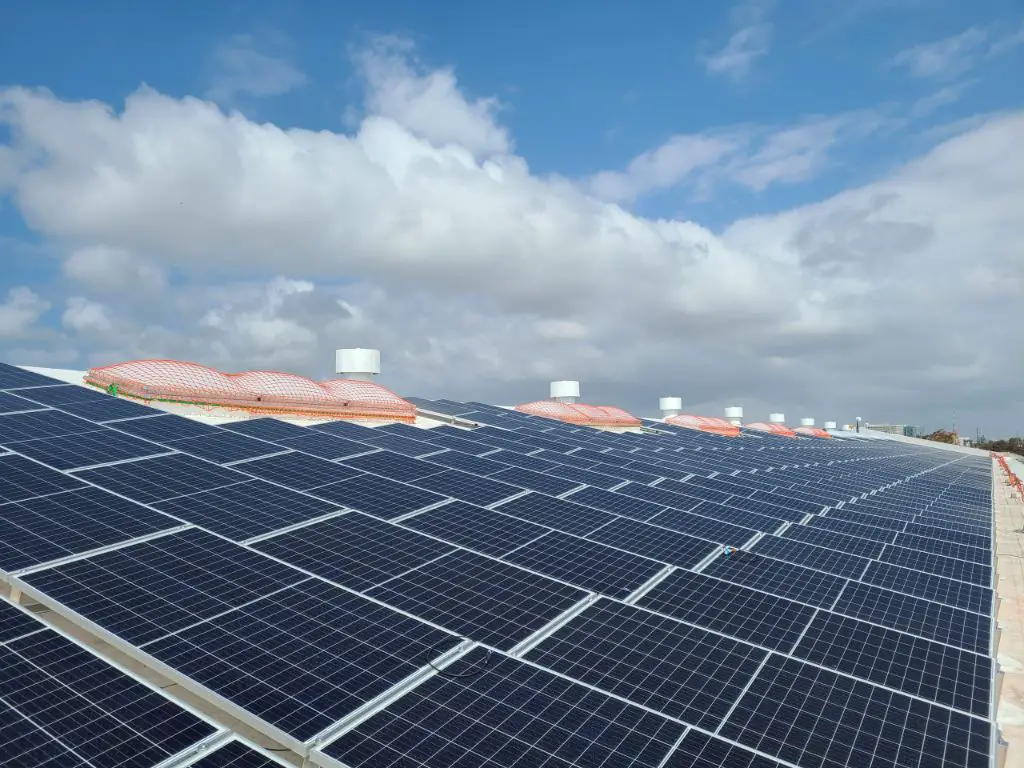
- New Jersey – New Jersey’s SREC program, established in 2004, is one of the oldest and most robust in the country. The program has helped make New Jersey second only to California in installed solar capacity.
- Massachusetts – Massachusetts launched its SREC program in 2010. The program has stimulated rapid solar growth, with over 2,300 MW of solar installed as of 2020.
- Maryland – Maryland’s SREC program began in 2005. The program has supported over 1,200 MW of installed solar capacity, though the state is now transitioning to a new incentive model.
- Ohio – Ohio initiated its SREC program in 2009. The program helped drive early growth, though changes in recent years have reduced its effectiveness.
- Washington D.C. – The nation’s capital has run an SREC market since 2005. The program has helped install over 100 MW of solar energy.
Many other states like Connecticut, Delaware, Illinois, New Hampshire, North Carolina, Rhode Island, and Texas have also utilized SREC programs to spur solar growth at different points in time.
Renewable Energy Policy in Oregon
Oregon has taken several steps to promote renewable energy and reduce greenhouse gas emissions. In 2007, Oregon established a Renewable Portfolio Standard (RPS) that requires major electric utilities to source at least 5% of their retail electricity sales from new renewable resources by 2011, ramping up to 25% by 2025. Eligible renewable resources include solar, wind, geothermal, biomass, and small hydropower.
To help meet these RPS targets, Oregon offers tax credits and cash incentives for renewable energy systems. The Residential Energy Tax Credit provides a tax credit equal to 50% of eligible project costs for systems installed on homes, up to $6,000. The Energy Incentive Program offers cash incentives up to $9,500 for residential solar electric systems. Additional incentives up to $20,000 per site are available for commercial, industrial, nonprofit and agricultural customers.
Oregon also allows net metering, which lets customers with renewable energy systems send excess electricity back to the grid and receive a credit from their utility. This helps provide a return on investment for homeowners and businesses with solar panels or other renewable systems. Overall, Oregon’s policies aim to remove barriers and spur greater renewable energy adoption across the state.
Exploring an Oregon SREC Program
Oregon currently does not have an SREC program, but there have been some past proposals and discussions around implementing one. In 2009, a bill was introduced in the Oregon legislature to create a solar energy tax credit that would have functioned similarly to an SREC program. The bill did not pass, but it generated discussion about incentivizing solar in the state.
In recent years, there has been renewed interest in exploring an SREC policy for Oregon. In 2016, the Oregon Department of Energy commissioned a study to evaluate the feasibility and potential design of an SREC program. The study concluded that a program would likely spur solar development in the state, but had concerns about costs and uncertainty due to Oregon’s deregulated electricity market.
The study recommended a pilot program to test the concept before full implementation. There are still ongoing discussions among policymakers, utilities, solar developers and other stakeholders about the merits and challenges of an SREC approach for Oregon. While no legislation is imminent, the policy conversation indicates there is openness to considering new solar incentives in the future.
Perspectives on an Oregon SREC Program
The idea of starting an SREC program in Oregon has met with both support and criticism from various stakeholders. Here are some of the key perspectives.
Supporters
Supporters argue that an SREC program would help spur growth in Oregon’s renewable energy sector, creating green jobs and investment. It could help Oregon meet its renewable portfolio standards more cost-effectively. Environmental groups and solar companies are among the most vocal supporters, saying it would incentivize homeowners and businesses to install more rooftop solar.
Opponents
Some lawmakers and utility companies have expressed concerns about the costs and efficiency of an SREC program in Oregon. They argue it could lead to higher electricity rates for consumers without necessarily being the best incentive program for increasing renewables. Some say Oregon should focus more on developing large-scale wind and solar projects to meet its renewable goals. There are also concerns that the energy market may not be able to support SREC trading at this time.
Conclusion
In summary, Oregon does not currently have an SREC program for solar renewable energy credits. SREC programs provide financial incentives for solar panel installation by issuing credits that can be sold on the open market. These programs have been adopted in many other states as a way to encourage solar adoption and meet renewable energy goals.
While Oregon has robust renewable energy policies like a renewable portfolio standard, the state has opted for different policy mechanisms than SRECs to incentivize solar thus far. Some renewable energy advocates and solar companies have proposed developing an SREC market in Oregon as a way to further boost solar power in the state. However, an Oregon SREC program would face challenges due to the state’s abundant and low-cost hydropower. Overall, SRECs remain a policy option under discussion in Oregon but have not been implemented to date.

